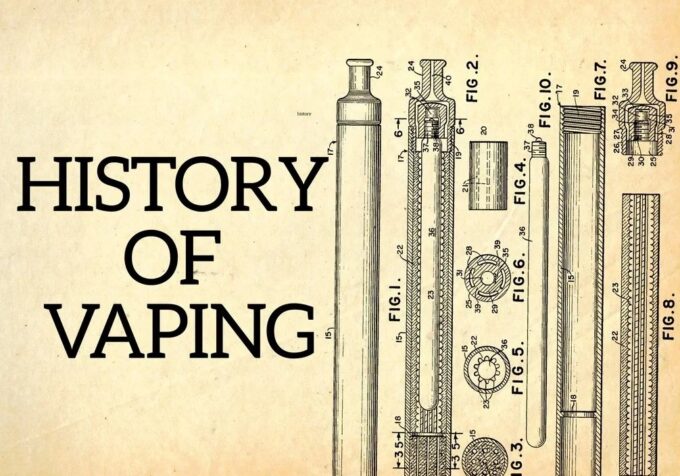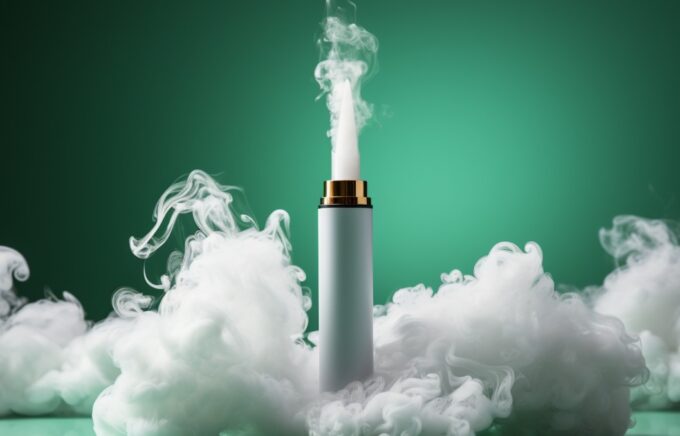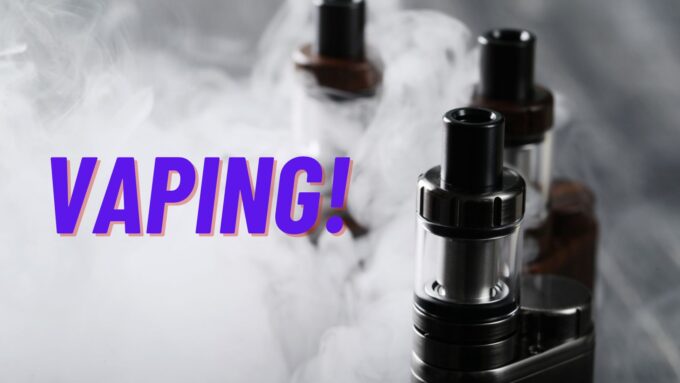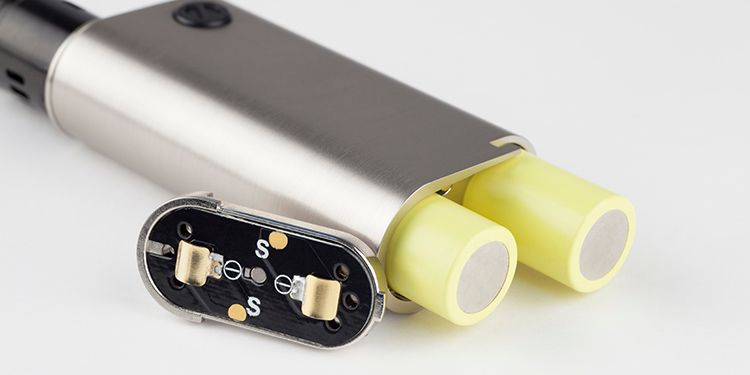Vaping: Increasingly Safer With Time
In recent years, the landscape of smoking has undergone a dramatic transformation. This change is due to the emergence of electronic cigarettes, commonly known as vapes. These devices have gained immense popularity as an alternative to traditional tobacco cigarettes, promoted as a reduced risk of health hazards. Today vapes are available to people in most areas and almost anywhere through a reputable online vape shop.
However, the initial years of vaping were fraught with safety concerns, raising questions about the potential risks associated with these novel devices. Over time, significant advancements in technology, regulations and understanding have led to substantial improvements in vape safety. This article delves into the journey of vapes from their early days to the present, highlighting the remarkable strides made in ensuring a safer vaping experience.
The Early Days of Vaping

Source: thekindpen.com
Electronic cigarettes entered the market in the early 2000s, offering smokers a new way to satisfy their nicotine cravings without the tar and toxins associated with traditional tobacco smoke. These devices utilised a heating element to vaporise a liquid solution containing nicotine, flavourings, and other additives. While the concept was promising, the lack of proper regulation and limited scientific research led to a host of concerns.
- Lack of Standardisation: In the early years, the lack of industry standards meant that vape devices and e-liquids varied significantly in terms of quality and safety. This led to inconsistencies in vapour production, nicotine delivery, and potential risks to users.
- Unknown Health Impacts: Due to the novelty of vaping, there was limited research on the potential health effects of inhaling vaporised e-liquids. Concerns would often arise about the safety of inhaling various flavourings and additives present in e-liquids.
- Battery Safety Issues: Early on in the history of vaping, reports of exploding batteries highlighted a serious safety concern in the vaping community. Improper handling of lithium-ion batteries, commonly used in vape devices, would sometimes be reported as leading to accidents causing burns and injuries.
Advances in Vape Safety

Source:facebook.com
Recognising the need for improvement, both industry players and regulatory bodies began working towards establishing safety standards and conducting research to address the initial concerns surrounding vaping.
- Regulation and Standardisation: One of the significant turning points in the vaping industry was the implementation of regulations that set standards for the manufacturing, labelling, and marketing of vape products. Regulatory bodies in various countries started imposing guidelines to ensure the safety and quality of devices and e-liquids and in turn, the people using them.
- Research and Awareness: As vaping gained traction, researchers began conducting studies to assess its impact on health. While it became evident that vaping was indeed a less harmful alternative to smoking, studies also shed light on potential risks associated with certain flavourings and additives. This prompted the industry to reevaluate the ingredients used in e-liquids.
- Technological Advancements: The evolution of vape technology led to the development of more advanced devices with better battery safety mechanisms, temperature controls, and efficient nicotine delivery systems. These advancements contributed to safer and more reliable vaping experiences.
The Current State of Vape Safety:
Today, the landscape of vaping looks significantly different from its early days. The industry has made substantial progress in ensuring a safer vaping experience for vapers.
- Improved E-Liquid Formulations: One of the notable changes in recent years has been the reformulation of e-liquids to minimise potential health risks. Many manufacturers have moved away from using certain flavouring compounds that were found to be harmful when inhaled. This shift has resulted in a safer range of flavour options for consumers.
- Battery Safety Measures: Battery safety concerns have been addressed through the introduction of built-in safety features, better manufacturing practices, and consumer education. Vape devices now come with features like short-circuit protection, overcharge protection, and improved battery ventilation to reduce the risk of explosions.
- Transparency and Labelling: Stricter regulations have led to clearer labelling of vape products, providing users with information about the ingredients, nicotine content, and potential health risks associated with vaping. This empowers consumers to make informed choices.
- Focus on Education: Vape manufacturers and advocacy groups have taken proactive steps to educate users about responsible vaping practices. This includes guidance on proper battery handling, e-liquid storage, and usage to minimise potential risks.
Looking Ahead:

Source: wefittech.com
As the vaping industry continues to evolve, the emphasis on safety remains paramount. Ongoing research, technological advancements, and regulatory efforts are expected to further enhance the safety of vaping products.
- Continued Research: Scientific research into the long-term effects of vaping is ongoing. This research will provide a more comprehensive understanding of any potential health impacts associated with vaping, helping users make informed decisions.
- Innovation in Technology: Vape technology is likely to continue advancing, with a focus on improving battery efficiency, enhancing temperature control, and refining nicotine delivery mechanisms. These advancements will contribute to a more consistent and safer vaping experience.
- Stricter Regulations: Regulatory bodies will likely continue refining and enforcing standards to ensure the safety and quality of vaping products. This will involve ongoing monitoring of ingredients, manufacturing practices, and labelling accuracy.
Evolving With Research, Innovation and Regulation
The journey of vapes from their early days to the present is a testament to the power of research, innovation and regulation. While the initial years were marked by uncertainty and safety concerns, the vaping industry has made significant strides in addressing these issues. Vaping has become a safer alternative to traditional smoking through improved e-liquid formulations, enhanced battery safety measures, and a commitment to transparency.
As the industry looks toward the future, continued research, technological advancements, and regulatory vigilance will be crucial to ensure vaping remains a safer option for individuals looking to break free from tobacco smoke.

